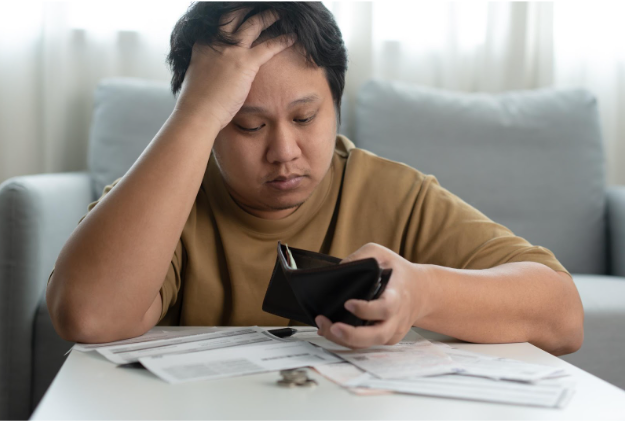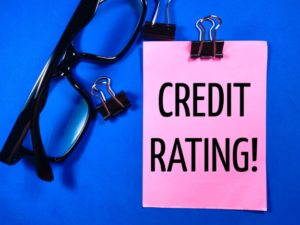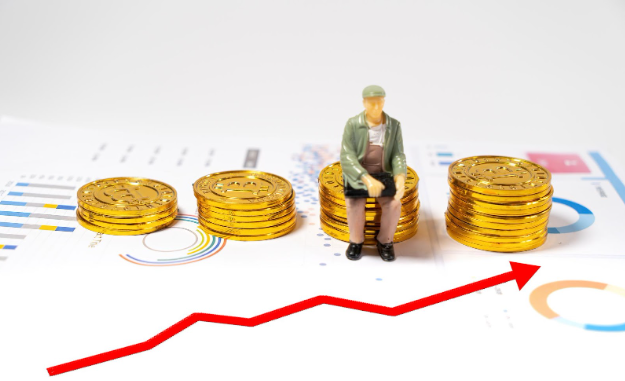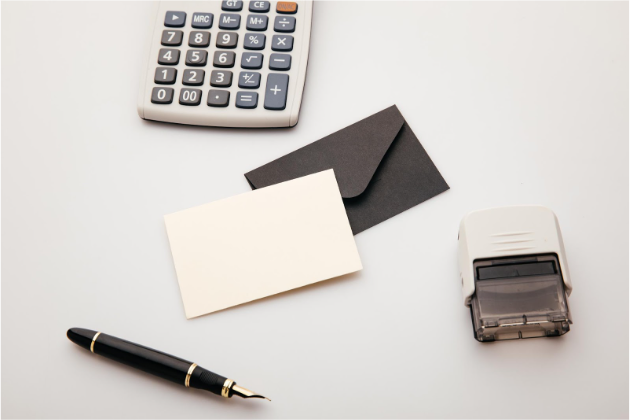
Consumer Proposal Vs Bankruptcy: Know the Difference
Not being able to pay your debt and cater to your basic needs is one of the most stressful issue anyone can have. One time you’re trying to meet due dates of credit card debts, other times you’re short on cash to even get yourself to work.
There is also the part where you have to take on additional debt just to make ends meet, it cab be so draining.
Dealing with overwhelming debt is the reality of many Canadians. Many people struggle to find the best solution to regain control of their finances. In such situations, people like to explore different debt relief options available and which one will help them the most with limited consequences. There are lots of debt relief options that can help you manage your debt.
Two of the common debt solutions are consumer proposals and bankruptcy. They both offer a way out of debt issues, but they come with different processes, benefits, and consequences. It’s important to know the differences between these two, so you can make an informed decision that best suits your financial situation. This blog will guide you through the key aspects of consumer proposals and bankruptcy, so you can have a full grasp of these two debt relief options.
Let’s get started!
What is a Consumer Proposal?
A consumer proposal is a formal or legal agreement between you and your creditors to pay back a certain portion of your debts over a specific period. It reduces your debt by up to 80%. That is, you can get a reduction as high as 80%. A consumer proposal process allows you to retain your assets while making manageable payments based on your financial situation. To qualify, you must owe less than $250,000, mortgage not included.
Pros and Cons of a Consumer Proposal
A consumer proposal has lots of benefits. You will be able to keep the assets which might be lost in bankruptcy. This benefit helps you perserve the things you’ve worked so hard to acquire, and that alone is encouraging. Consumer proposal also stops wage garnishments and collection calls, providing immediate financial relief. It doesn’t stop there, consumer proposal usually involves lower monthly payments compared to other debt repayment options. It’s all about convenience and giving you a fresh start.
However, there are also a few disadvantages. A consumer proposal have effects on your credit score, though not as serious as bankruptcy. Consumer proposal remains on your credit report for three years after completing the proposal. What this does is; it makes it a bit difficult to get loans. If you get, it would be with very high interests and unfavorable terms. This is because you’re still considered high-risk since you needed help to repay your loans. However, it’s only for a while, and you will be able to rebuild your credit back as if nothing happened.
What is Bankruptcy?
Bankruptcy is defined as a legal process designed to provide relief to individuals who cannot repay their debts. Bankruptcy may be similar to consumer proposal but they are two different entities. Bankruptcy involves surrendering your non-exempt assets to the bankruptcy administrator, and the proceeds are used to settle your creditors. Bankruptcy is not the first thing debt experts think of when a client needs debt relief, it is usually considered a last resort because of its severe impact on your credit and finances. To qualify for bankruptcy in Canada, you must owe at least $1,000 and be unable to meet your financial obligations as they get due. When you file for bankruptcy, it releases you from most of your unsecured debts, giving you a chance to start fresh financially.
Pros and Cons of Bankruptcy
Even though bankruptcy isn’t good on your credit report but it still have its benefits. One important benefit is the immediate cessation of collection actions and legal proceedings by creditors. This provides a structured way to get rid of most of your unsecured debts, allowing you to start over financially. On the other hand, bankruptcy have a great effect on your credit score, and it remains on your credit report for six to seven years after discharge, making it difficult to obtain new credit. You may also lose certain assets. Bankruptcy process can also take a toll on your mental health, as it can be emotionally stressful and socially stigmatizing. The stigma is what most people run away from, but if it’s the best choice and it gives you a fresh start, you can go for it. But ensure you speak with a debt expert at EmpireOne Credit so as to get the right guidance.
Key Differences Between Consumer Proposal and Bankruptcy
Impact on Credit Score

Both consumer proposals and bankruptcy have significant effects on your credit score, but the extent and duration is the difference. Likewise, a consumer proposal is recorded on your credit report as an R7 rating, which suggests a settlement with creditors. The R7 rating will be on your credit report for three years after the proposal is completed. On the other hand, bankruptcy results in an R9 rating. Bankruptcy will remain on your credit report for six to seven years after discharge for a first-time bankruptcy. It’s clear now that consumer proposal and bankruptcy are not the same even though they are both a form of insolvency.
Duration
A consumer proposal typically lasts up to five years. Bankruptcy on the other hand can last for nine months for a first-time bankruptcy without surplus income. However, if you have surplus income, the bankruptcy period can extend to 21 months or longer.
Asset Protection
Another major difference between consumer proposals and bankruptcy is how the assets are handled. In this sense, consumer proposal has a upper hand and this reason influence the choice of people when it comes to picking between bankruptcy and a consumer proposal. In a consumer proposal, you keep all your assets, as long as you continue making the agreed payments. In contrast, bankruptcy involves surrendering non-exempt assets to the bankruptcy administrator, who will sell them to repay your creditors. Each province in Canada has different exemption limits for various assets, which determine what you can keep.

Conclusion
Remember there is no financial situation that is beyond remedy. Speaking with a debt expert at EmpireOne Credit will help you know which way to go. We will offer you the support and guidance you need to get rid of your debts. We offer free, friendly, and non-judgemental consultations. Your debt can be reduced by up to 80%, and interest will stop immediately. Call us at (416) 900-2324 to schedule a free consultation. Being debt-free feels good!





